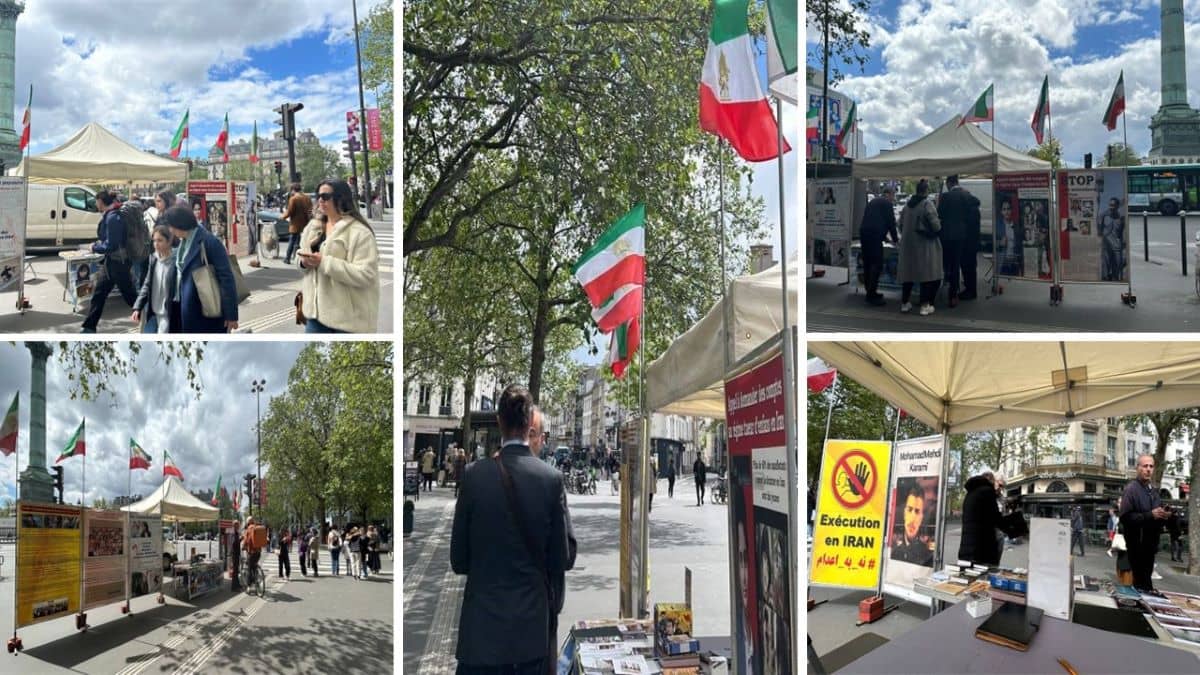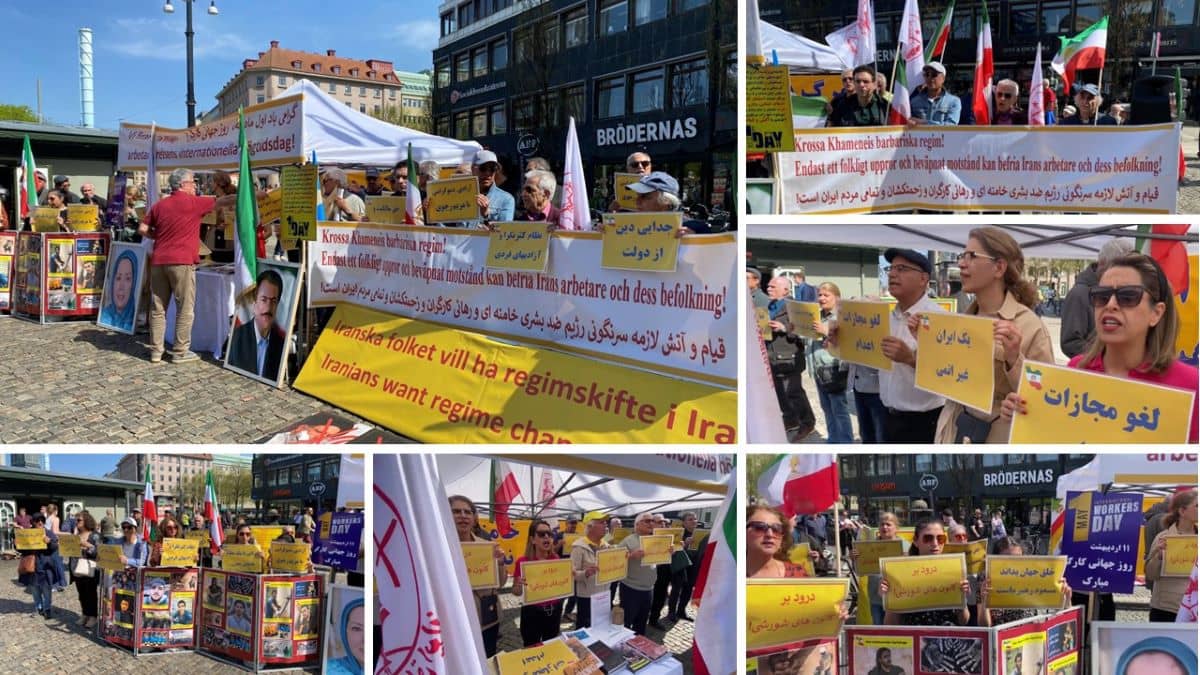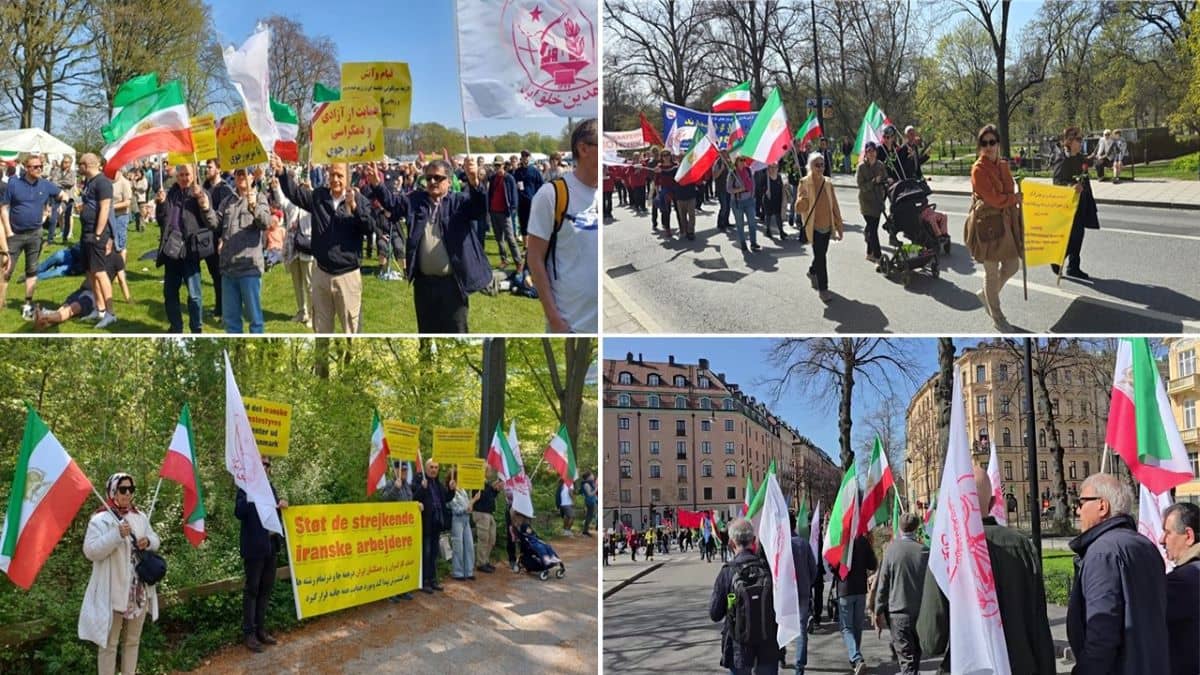Iranian workers did not celebrate Labor Day on Saturday, May 1st, because they are acutely aware that the regime is destroying their ability to provide for their families through anti-workers laws and policies.
The poverty line in Iran is currently set at 10 million tomans ($422) for a family of four, but most workers earn just 3 million tomans for working 40 hours or more a week.
Some 80% of Iranians live below the poverty line as a result and cannot support themselves, let alone their families, while 35 million people live in slums on the outskirts of major cities because they cannot afford rent. There are also millions of Iranians who cannot afford meat and fruit.
The regime reports that around a quarter (23.5%) of the potential workforce are unemployed, but this should be treated as a minimum because of how the regime hides information that makes them look bad.
In fact, government corruption has resulted in the closure of many large and well-known factories, including the Iran Powder Metallurgy Complex, Varamin Sugar Factory, and Pars Chrome Khazar Factory, which has left millions unemployed.
Furthermore, anti-worker policies allow employers to exploit loopholes by hiring workers on temporary contracts so that the company doesn’t have to pay the insurance and medical benefits. Worse still, the workers frequently endure late payments and are sometimes fired for demanding missing wages.
Thanks to the low wages, high cost of living, factory closures, and lack of benefits for workers, many children are forced to drop out of education and undertake dangerous jobs, both in factories and on the streets, to help their parents make ends meet. These children, between three and seven million, are exploited and abused by employers because of their vulnerable situation.
The Iranian Resistance wrote: “The COVID-19 pandemic and the regime’s gross negligence coupled with a ban on US and UK made [has made matters worse]… Iran’s government did not and has not provided any financial aid to workers forcing them to go to work regardless of the deadly virus and the risk of infection. Many workers have passed away from COVID-19 leaving their families without their breadwinner. Faced with these appalling conditions, Iran’s workers hold daily street protests to demand their rights despite being beaten, arrested, and even lashed for wanting to live with dignity.”
Why would the regime react like this? Probably because they are acutely aware that Iran’s workers and the general public are the biggest threat to the mullahs’ continued rule. Many think the regime has failed to control the pandemic because they belied that it would suppress protests, but the people are at breaking point and would rather risk the pandemic than continue to live in a dictatorship.





